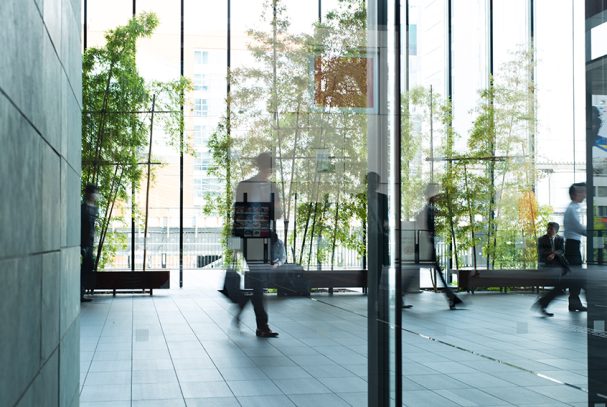Granlund Oy is the only Finnish partner in the EU funded eeEmbedded project that will develop a BIM-based virtual lab to help design energy efficient buildings in an already built-up environment. The project will continue the work done as part of the HESMOS project (2010-2013). The aim is to create a holistic virtual lab for the purposes of energy efficiency analysis.
Granlund’s responsibility in the project is New ways of facilities management, in other words to consider how the perspective of facility management could be taken into consideration as part of the design process. This could be done, for example, through an early stage modeling of the needs for space and the service areas or later on through a detailed information model.
“If the facility management needs are taken into consideration at an early stage of a project, it is possible to get a more comprehensive understanding of the building’s life cycle impact,” says Tuomas Laine, Director of Granlund’s Innovation and Development department.
eeEmbedded is a four-year project that began in October 2013. The project budget is almost 11 million euros. The eeEmbedded consortium features 15 partners from 9 European countries. Construction companies are represented by Europe’s leading construction groups BAM from the Netherlands and Strabag from Austria. The participating software vendors include Nemetschek which is well-known in the German-speaking markets and which also owns software companies Graphisoft and Vectorworks, as well as DDS and Jotne EPM from Norway and Sofistik from Greece. Granlund represents the development of design and facility management applications.
More information about the project is available at http://www.eeembedded.eu. The project also recently published its first newsletter which is available here.
For more information:
Tuomas Laine
Director, Innovation & Development
Granlund Oy
Tel. +358 50 568 6093
firstname.lastname@granlund.fi
This project has received funding from the European Union’s Seventh Framework Programme (FP7/2007-2013) under grant agreement n°[609347].



